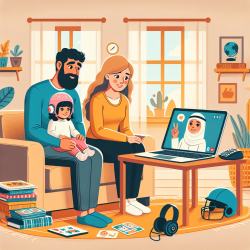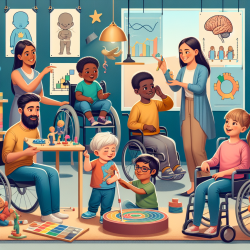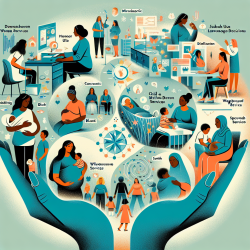The human brain is a marvel of complexity, with its intricate networks and pathways that facilitate a myriad of functions. One such pathway, the arcuate fasciculus (AF), plays a crucial role in language processing. Recent research has shed light on the asymmetric projections of the AF to the temporal cortex and their implications for lateralized language function. Understanding these findings can enhance your practice as a therapist or educator working with language development.
The Role of the Arcuate Fasciculus in Language
The AF is a major association pathway that connects anterior and posterior language-related cortices. It has been identified as a key component of the human language network. The recent study titled "Asymmetric projections of the arcuate fasciculus to the temporal cortex underlie lateralized language function in the human brain" delves into how these projections differ between hemispheres and their impact on language processing.
Key Findings from the Research
- The left AF predominantly projects to the lateral temporal cortex, extending from the posterior superior temporal gyrus to the middle temporal gyrus.
- The right AF projects mainly to the inferior parietal cortex.
- The left-lateralized AF pathway is associated with stronger functional connectivity during language tasks.
- This asymmetry may underlie the human capacity for complex language functions.
Applying These Insights in Practice
For practitioners working in language development or therapy, these findings offer valuable insights into how brain structure influences function. Here are some ways you can incorporate this knowledge into your practice:
- Tailor Interventions: Understanding the lateralization of language functions can help you design interventions that target specific brain regions more effectively.
- Promote Further Research: Encourage collaboration with neuroscientists to explore how these pathways might be influenced by different therapies or educational strategies.
- Use Technology: Consider using tools like MRI or fMRI in collaboration with medical professionals to gain deeper insights into individual brain structures and tailor interventions accordingly.
The Future of Language Therapy
The study of asymmetric brain pathways opens up exciting possibilities for enhancing our understanding of language processing and developing more effective interventions. As we continue to unravel the complexities of brain connectivity, practitioners can look forward to more personalized and targeted approaches to therapy.










